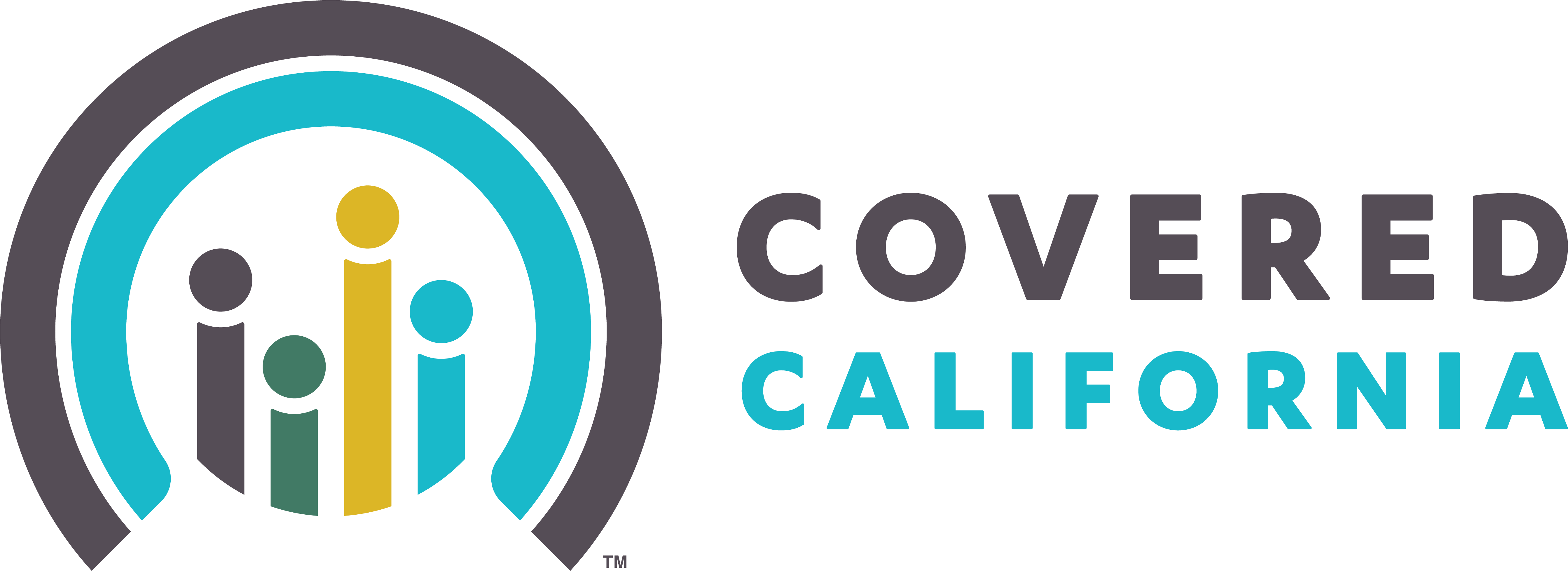Special Considerations
Certain situations require additional thought when choosing your metal tier. Consider these scenarios carefully.
Families with Mixed Healthcare Needs
When family members have different health statuses, base your decision on the highest-need person:
- One child with chronic condition + healthy spouse: Choose based on the child's needs (likely Gold)
- Healthy family planning pregnancy: Choose Gold for comprehensive prenatal and delivery coverage
- Multiple family members with moderate needs: CSR-eligible Silver is often best; otherwise Gold
Mid-Year Income Changes
If your income changes significantly during the year (job loss, raise, new business income):
- Income drops below 250% FPL: You can switch to Silver and gain CSR eligibility mid-year (Special Enrollment)
- Income increases above 250% FPL: You lose CSR but keep your Silver plan; consider switching to Bronze or Gold during next Open Enrollment
- Report changes within 30 days to Covered California to avoid subsidy repayment issues
Catastrophic Plans (Age Under 30)
If you're under 30 or qualify for a hardship exemption, you can choose a Catastrophic plan:
- Lowest premiums of all plan types
- Very high deductible (~$9,200) before coverage begins
- Covers three primary care visits and preventive care before deductible
- Not eligible for subsidies—you pay full price
- Best for: Young, healthy individuals with significant emergency savings who want minimal premium costs
In most cases, Bronze HDHP is better than Catastrophic because Bronze plans ARE subsidy-eligible, may have lower total costs with subsidies, and qualify you for HSA contributions.
Network Considerations Across Tiers
All metal tiers within the same insurance carrier (Blue Shield, Kaiser, Health Net, etc.) typically have the same provider network. However:
- Some carriers offer more plan options at certain metal levels
- PPO plans (broader networks) are usually only available in Gold and Platinum
- HMO plans (narrower networks) are available across all metal tiers
- Always verify your doctors are in-network before selecting a plan, regardless of metal tier
Prescription Drug Coverage
All Covered California plans include prescription drug coverage, but tier affects your costs:
- Bronze: Higher copays ($25-$100+), often applies to deductible first
- Silver: Moderate copays ($12-$75); CSR-enhanced plans have very low drug costs
- Gold: Lower copays ($8-$60), often no deductible for common medications
If you take expensive specialty medications (biologics, chemotherapy drugs), Gold or Platinum can save thousands annually.
HSA Eligibility Requirements
Only Bronze HDHP (High Deductible Health Plan) plans qualify for Health Savings Account contributions. Requirements:
- Must be enrolled in an HSA-qualified HDHP (Bronze 60 HDHP)
- Cannot have other health coverage (spouse's plan, Medicare, etc.)
- Cannot be claimed as a dependent on someone else's tax return
- 2025 contribution limits: $4,150 (individual), $8,300 (family), plus $1,000 catch-up if age 55+
Premium Tax Credit Eligibility
You can use premium tax credits with any metal tier (Bronze through Platinum), but:
- Credits are calculated based on the second-lowest-cost Silver plan
- If you choose Bronze, you may pay $0 (credit exceeds Bronze premium), but you can't keep the extra
- If you choose Gold or Platinum, you pay the full difference above the Silver benchmark
- CSR eligibility requires choosing Silver—credits alone aren't enough; you must select Silver metal tier
